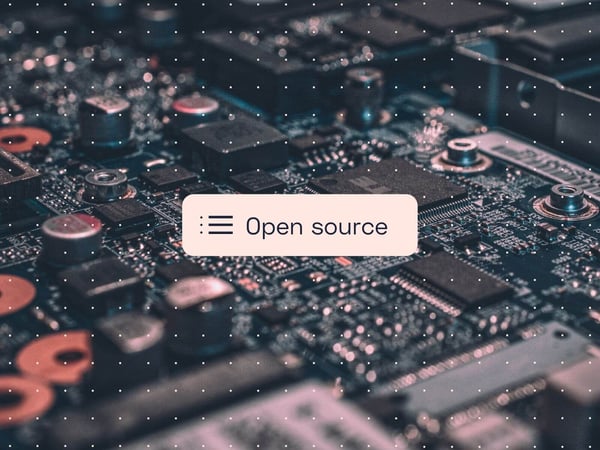An SLA can, for example, be entered into with an e-commerce platform provider, to define service levels of technical support; so that all parties know exactly which criteria apply.
Consequently, an SLA usually regulates what service availability the system should have access to – how many times a fault may occur, during a given period of time; how long it may take, before fault rectification is started; or, how quickly the fault must be rectified.
The front-end application can be operated separately, with its own agreement; and, in such a case, would not have to be part of the e-commerce platform's SLA undertakings.
An SLA often consists of the following:

1. Service Levels – which regulate what level of service that is to be maintained, in different areas and in different aspects.
2. Sanctions – which regulate what happens, if the agreed level of service is not achieved. Customarily, some sort of fine is levied, or a (SLA) fee reduction is offered.
3. Definitions – which ensure that the parties agree on what is to be considered an ‘error’, and how service availability is to be calculated.
Be careful to ensure that it is possible to check how well the service levels, regulated in the SLA, are maintained; for instance, that there are tools for measuring the availability of a service, over a given period of time. For e-commerce-related systems and services, these measurements can often be built into the system; and thus, be made accessible through some user-friendly and automated method.



.jpg?width=600&name=_TA-system%20(2).jpg)